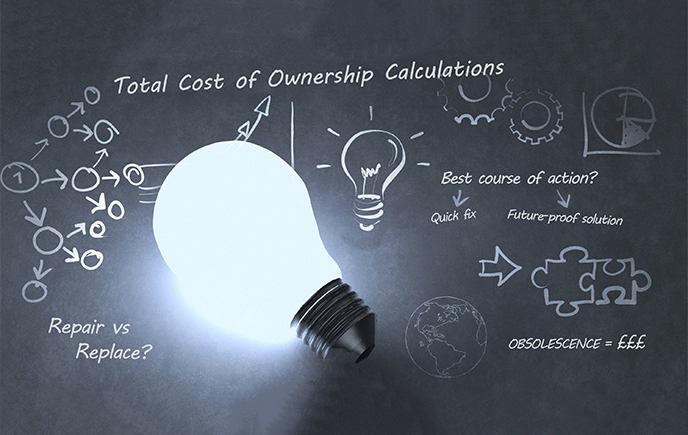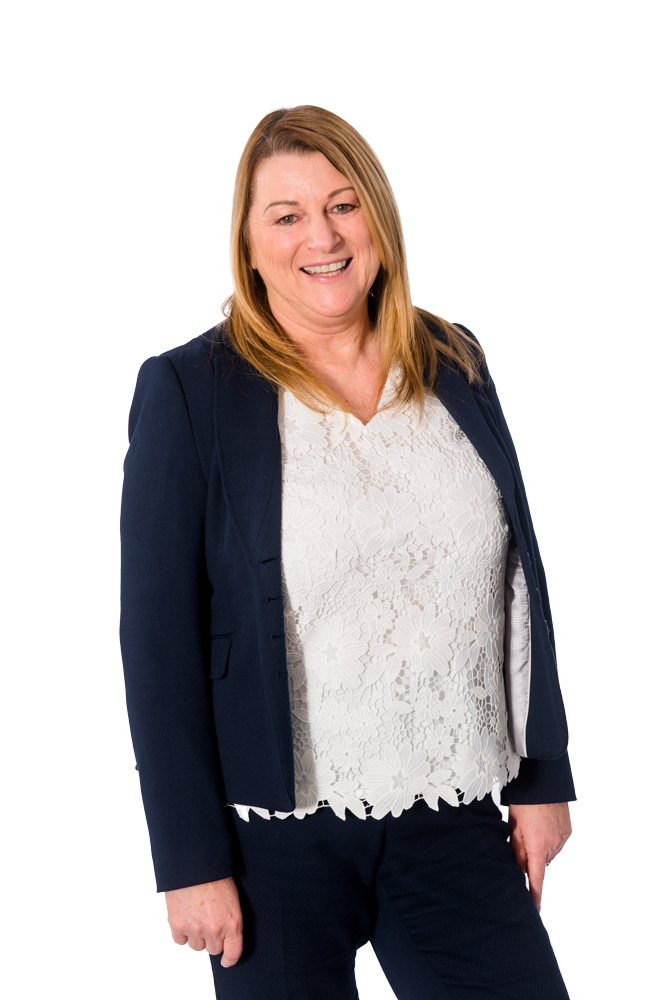ERIKS helps Irish manufacturers' supply chain concerns
ERIKS will be exhibiting on Stand R03 at the National Manufacturing and Supply Chain Conference and ...
To repair, or to replace? That is the question. At least, it is for manufacturers, who are coming under increasing pressure to do more with less, while squeezing out the last drop of potential from every available resource. Enter Total Cost of Ownership (TCO), the acronym that’s here to help, but only if you do it right.

What key factors should be taken into account with any repair or replace decision? Should the equipment be given a quick fix, or should it be future-proofed to prevent further failure? The following top tips should help you find the answer.
It may sound obvious but deciding whether to repair or replace a malfunctioning component will depend largely on cost. Take pumps as an example. If an ‘engineered’ pump fails, it’ll be more expensive to replace than a single-stage one. That’s because its robustness and high specification will be reflected in its construction and purchase price.
It’s not uncommon for facilities to run on the basis that equipment and components will fail regularly, with a spare always kept on hand. You need to weigh up whether this is a sustainable strategy in the long run.
If you have a component that keeps failing, root cause analysis will tell you why. Be warned, though: it takes time and commitment to do it properly. Production schedules may dictate the need for a quicker solution.
Ready access to spares should play a big part in your decision to repair or replace. For more complicated or specialised pieces of machinery, it’s often easier to repair because manufacturers supply ‘repair kits’ over spare parts.
There’s a lot of machinery and equipment running right now that’s over 30 years old and counting. Assess whether or not their continued use will pose a risk to operations, particularly if their parts or spares are no longer supplied by the OEM.
Don’t just think in terms of up-front costs. Effective TCO calculations need to consider a host of variables. The ultimate decision can look very different to initial cost projections once factors such as downtime, spares, maintenance and running costs are taken into account.
An OEM may be an expert in the equipment, but they won’t necessarily share the same level of expertise for its couplings, pumps or motors. Consider working with an expert in TCO and asset management, who can help you find the right tools for the job.
NEW WHITEPAPER: Strategies for Managing and Maintaining an Ageing Asset Base
ERIKS has once again teamed up with the IET to create a new whitepaper exploring UK industry's exposure to obsolescence.
Discover current attitudes towards obsolecence, including policies and how it is being managed on the ground.
Get the latest updates from ERIKS including:
Choose any or all of these via the ERIKS Subscription Centre!
Our Know+How brings together the best of the latest Know+How Hub articles in one easy to digest magazine, covering the following topics:
That's why its the leading magazine for maintenance engineers from ERIKS.
Want Know+How Magazine delivered direct to your door? Visit the ERIKS Subscription Centre to opt-in!

Take a look at our latest updates...
ERIKS will be exhibiting on Stand R03 at the National Manufacturing and Supply Chain Conference and ...
Looking for a custom Product quote? Need an answer to a Technical question? Looking for Careers/HR support? Want to work with us? Interested in our Digital Trading solutions? Have a finance question? Send us your enquiry and a member of the ERIKS team will be with you quickly.
We strive to deliver exceptional quality service and products. As part of this goal, we encourage customers to submit feedback on their experiences so we can resolve any issues and concerns.
At ERIKS we strive to deliver the best quality service and products. As part of this goal we encourage customers to submit feedback on their experiences so we can resolve any issues and concerns.
Call us: +441215086000
